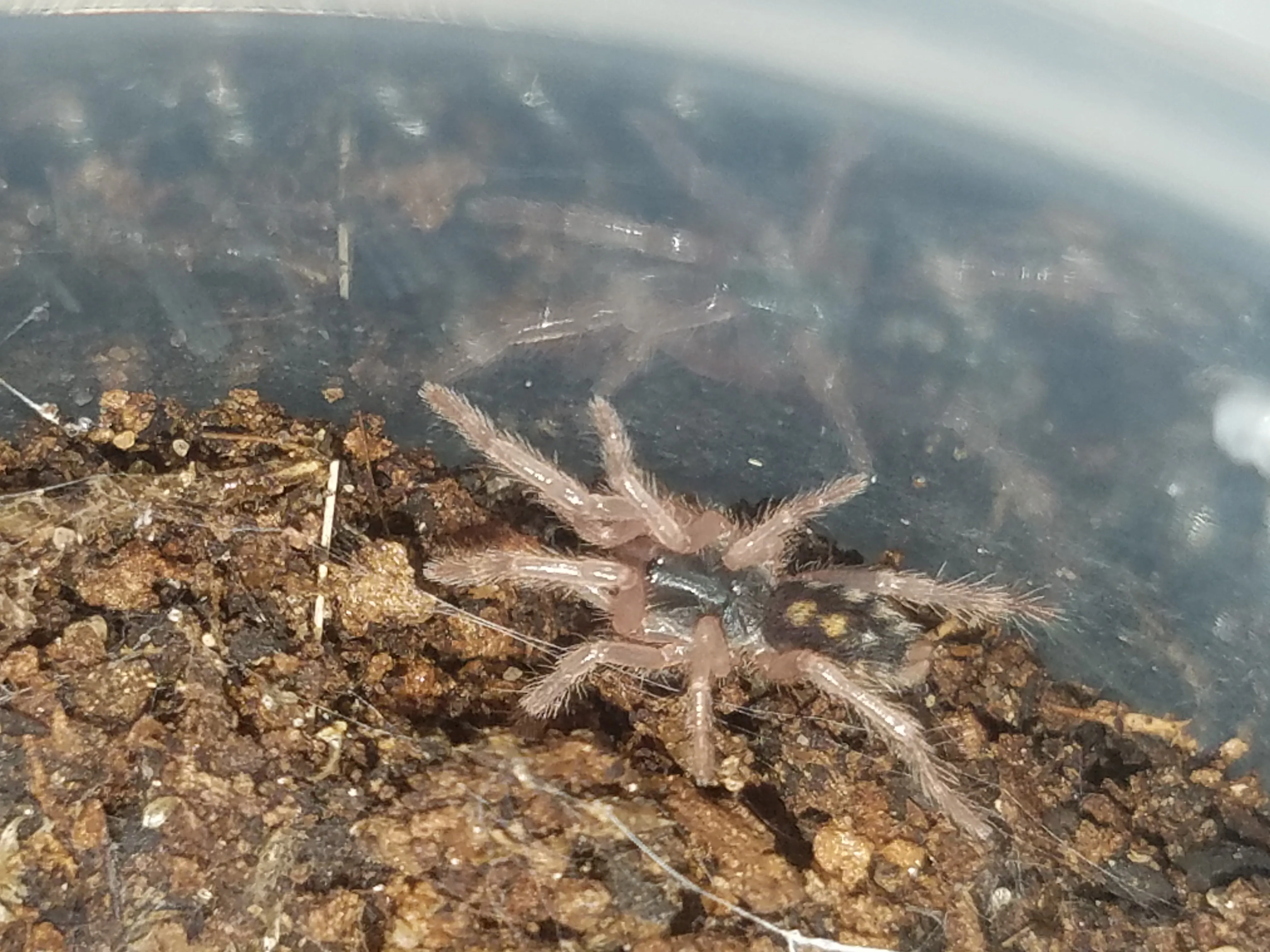Handling a tarantula can be an exciting experience, especially in a unique setting like a pumpkin patch. However, it is essential to approach this activity with caution and a thorough understanding of tarantula behavior and safety protocols. This guide provides detailed information to help you handle tarantulas safely and responsibly, ensuring the well-being of both you and the spider. Whether you are a seasoned handler or a curious beginner, this guide offers the knowledge and techniques needed for a positive and safe interaction.
Understanding Tarantulas
To handle tarantulas safely, a basic understanding of their biology and behavior is crucial. These fascinating creatures, belonging to the Theraphosidae family, are known for their impressive size and unique characteristics. They are arachnids, distinguished by their two body segments (cephalothorax and abdomen), eight legs, and multiple eyes. Tarantulas are generally docile spiders, but they can exhibit defensive behaviors when threatened. Familiarizing yourself with their physical attributes and habits is the first step toward safe handling.
What are Tarantulas
Tarantulas are large, hairy spiders found in various habitats worldwide, including deserts, grasslands, and tropical regions. They are nocturnal hunters, primarily feeding on insects, but their diet can also include small vertebrates like mice and lizards. Their size varies greatly depending on the species, with some reaching up to 12 inches in leg span. The lifespan of a tarantula can be quite long, with females living up to 25 years or more. Their slow movements and generally non-aggressive nature make them intriguing subjects of study and, for some, pets.
Tarantula Habitats and Behavior
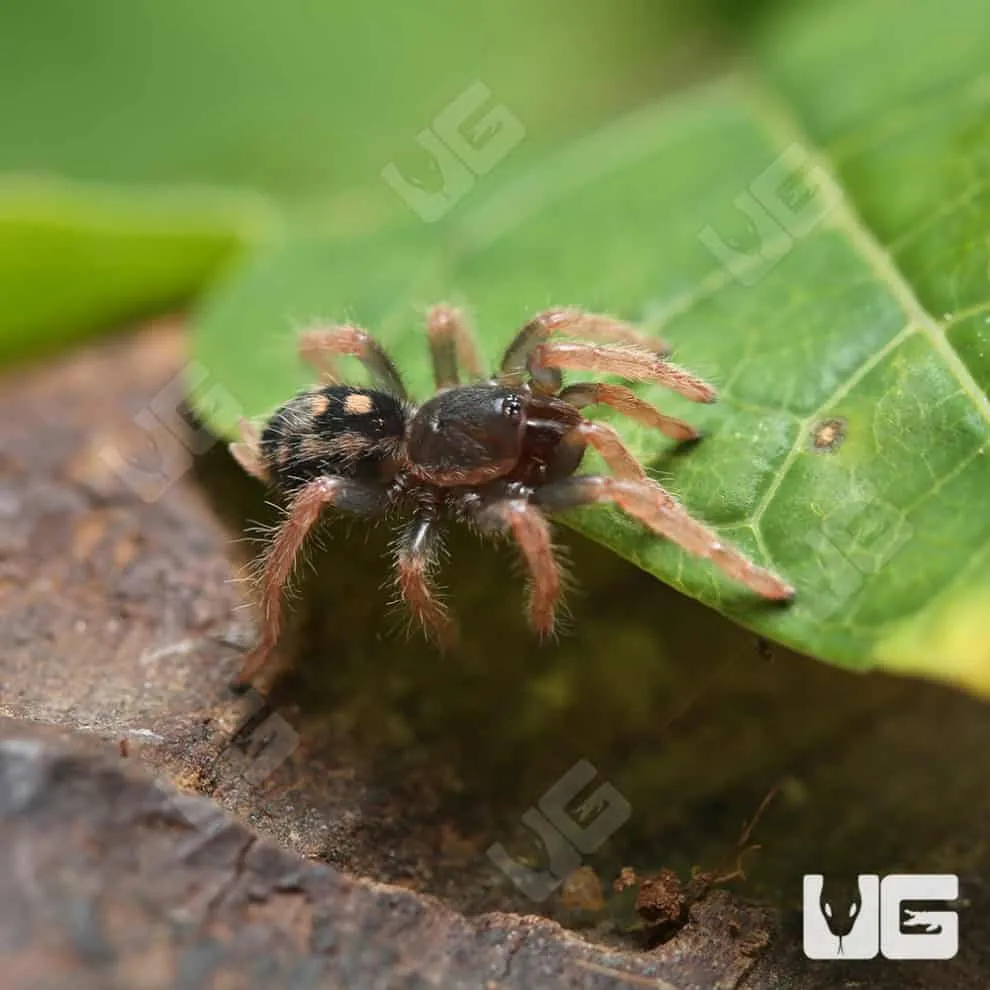
Understanding a tarantula’s natural habitat and behavior is vital for safe handling. Tarantulas are generally solitary creatures, preferring to live in burrows or under rocks and logs. They are ambush predators, waiting patiently for prey to come within striking distance. When threatened, they may exhibit defensive behaviors such as raising their front legs, flicking urticating hairs, or biting. Knowing these behaviors allows you to anticipate their reactions and handle them accordingly. Observing the spider’s posture and movements can provide valuable insights into its mood and potential responses.
Essential Safety Precautions
Before you handle a tarantula, it is crucial to take several safety precautions. These measures protect both you and the spider from harm. Always approach tarantulas with respect and a calm demeanor. Avoid sudden movements or loud noises that could startle the spider. Ensure you have a clear understanding of the tarantula species, its temperament, and any potential risks associated with handling it. Proper preparation is key to ensuring a safe and positive handling experience. You must always remember to respect the animal and prioritize safety.
Before Handling a Tarantula
Before handling a tarantula, a thorough assessment is necessary. Identify the species of the tarantula to understand its specific characteristics and potential risks. Examine the spider for any signs of stress, such as rapid movements or defensive postures. Make sure you are in good health and free from any conditions that might impair your ability to handle the spider safely. It is also advisable to wear protective gear, such as gloves, to prevent direct skin contact. Always handle the tarantula in a controlled environment, away from distractions and potential hazards.
Preparing Your Workspace
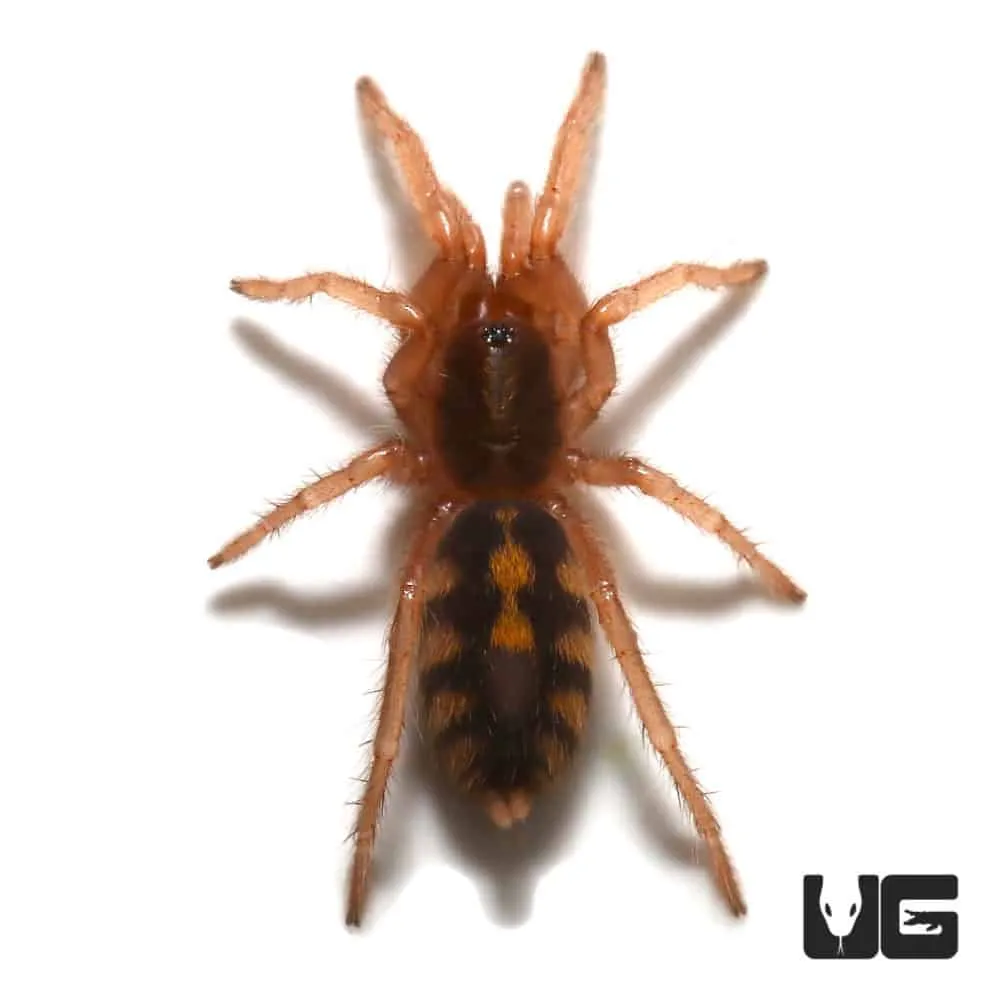
Preparing a safe workspace is essential for successful tarantula handling. Choose a well-lit area with a clear, uncluttered surface. Remove any potential hazards, such as sharp objects or items that could obstruct the spider’s movement. It is often helpful to have a soft surface available, such as a padded table or a mat, to cushion any accidental drops. Always have a secure container nearby to place the tarantula back into if needed. Ensure the workspace is free from drafts, extreme temperatures, and any other environmental factors that could stress the spider. Ensure the tarantula is not exposed to direct sunlight.
Handling Techniques
Handling a tarantula requires a gentle touch and a calm approach. The techniques employed depend on the species and the individual spider’s temperament. Start by observing the spider’s behavior and assessing its readiness to be handled. Never grab the tarantula or make sudden movements. Instead, encourage it to walk onto your hand or a suitable tool, such as a paintbrush or a soft stick. Always handle the tarantula close to a surface to minimize the risk of injury if it falls. These methods can provide you with a successful experience.
Proper Handling Methods
Proper handling involves using a gentle and supportive approach. Place your hand flat and steady near the tarantula, allowing it to walk onto your palm. Avoid any actions that might startle or agitate the spider. Keep your movements slow and deliberate, and never squeeze or grip the spider. If the tarantula is hesitant to move, you can gently encourage it with a soft brush. Always handle the spider over a soft surface to reduce the risk of injury if it were to fall. It is important to wash hands after handling.
Guiding the Tarantula
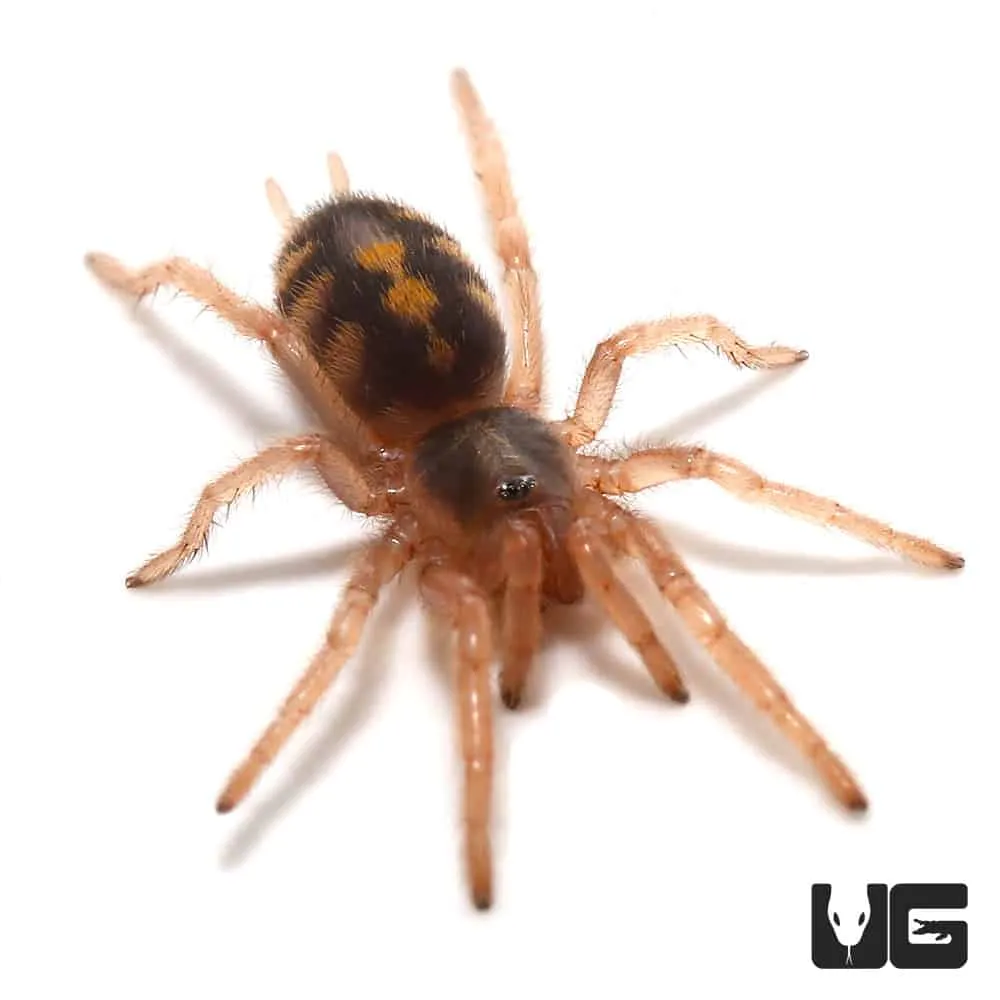
Guiding a tarantula during handling involves communicating your intentions clearly and respectfully. Use a soft brush or a similar tool to gently guide the spider’s movements. Avoid trying to force the spider to move in a direction it does not want to go. If the tarantula shows signs of stress, immediately stop handling and allow it to return to its enclosure. Observe the spider’s behavior and adjust your techniques accordingly. Patience and respect are essential for a safe and positive handling experience. Provide it with the opportunity to move at its own pace and allow it to explore in a safe environment.
Post-Handling Procedures
After handling a tarantula, several procedures are essential to ensure the well-being of both the spider and the handler. These steps involve cleaning the workspace, inspecting the spider for any injuries, and recognizing signs of stress. Following these procedures minimizes risks and promotes the safety and health of the tarantula.
Inspection and Cleaning
After handling, inspect the tarantula for any signs of injury, such as damaged legs or abdomen. Gently examine the spider, avoiding any unnecessary handling. Clean the workspace thoroughly to remove any potential hazards or contaminants. Sanitize any tools used during handling. Ensure the tarantula is returned to its enclosure safely and that its environment remains clean and comfortable. Document any unusual observations for future reference. Cleaning is important to prevent the spread of any potential infection.
Recognizing Stress Signs
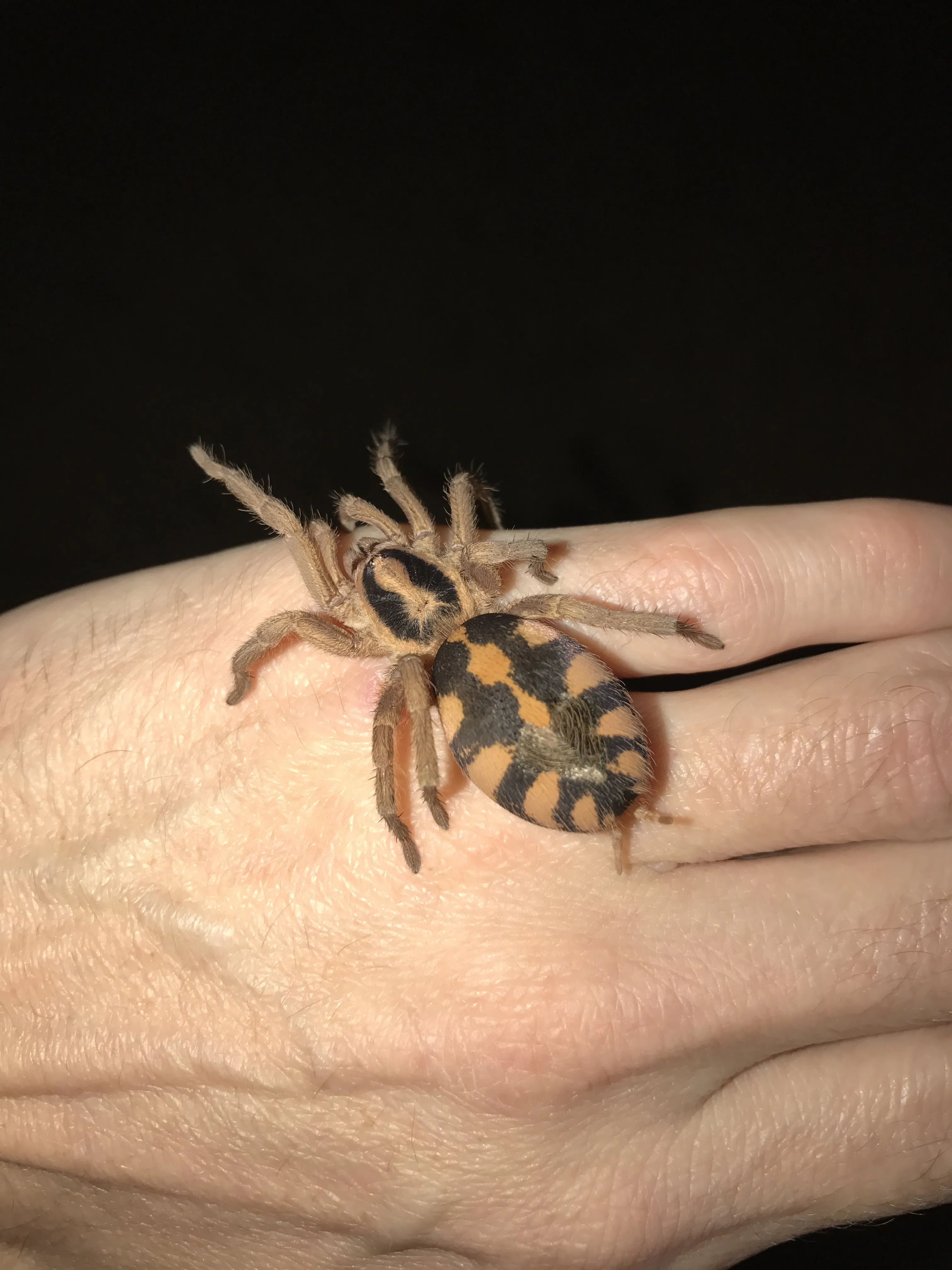
Recognizing stress signs in a tarantula is crucial for responsible handling. Common signs of stress include rapid movements, defensive postures (such as raising their front legs), and flicking urticating hairs. If you observe any of these behaviors, immediately stop handling and allow the spider to retreat to its enclosure. Avoid any further interactions until the spider has calmed down. Regular observation can help you recognize the spider’s normal behavior and identify any changes indicating stress or discomfort. Always respect the spider’s boundaries.
Common Handling Mistakes
Avoiding common mistakes during tarantula handling is essential for safety. These mistakes can lead to injury, stress, or even escape. Be aware of these errors to ensure a safe experience and prevent harm to the spider. By understanding and avoiding these pitfalls, handlers can significantly enhance the safety and well-being of the tarantula.
How to Avoid Common Errors
To avoid common errors, always handle tarantulas with care and patience. Never attempt to handle a spider without proper knowledge of its species and temperament. Avoid making sudden movements or loud noises that could startle the spider. Do not squeeze or grip the tarantula. Always handle the spider close to a surface to prevent injuries if it were to fall. By following these guidelines, you can greatly reduce the risk of making common handling mistakes.
Handling in Special Scenarios
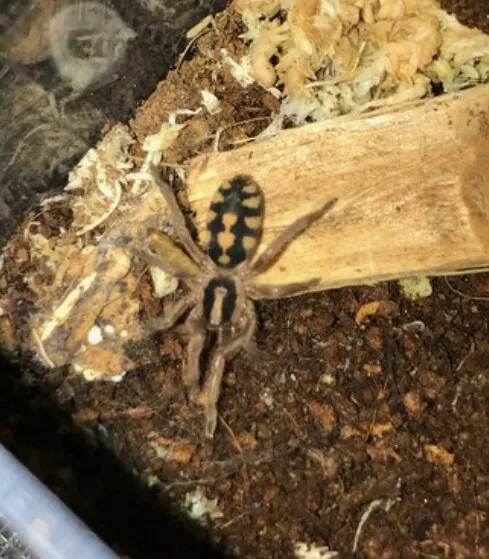
Handling tarantulas in special scenarios, such as a pumpkin patch, requires additional precautions. Be aware of the environment and any potential hazards, such as uneven ground or the presence of other animals or people. Ensure the spider is contained securely and cannot escape. Always prioritize the spider’s well-being and safety. Use appropriate handling techniques and maintain a calm and controlled environment. Always have a backup plan, such as a secure container, in case of an emergency. In a pumpkin patch environment, it’s essential to have a well-defined handling area to maintain focus and safety.
Handling tarantulas, especially in an environment such as a pumpkin patch, is a unique experience that demands respect, knowledge, and caution. This guide has provided an in-depth overview of safe handling practices, from understanding tarantula biology to recognizing stress signs and avoiding common mistakes. By following these guidelines, you can ensure a positive experience for both the tarantula and yourself. Remember, safety always comes first, so proceed with care, patience, and a deep respect for these amazing creatures. Enjoy the experience, and always prioritize the well-being of the tarantula.
